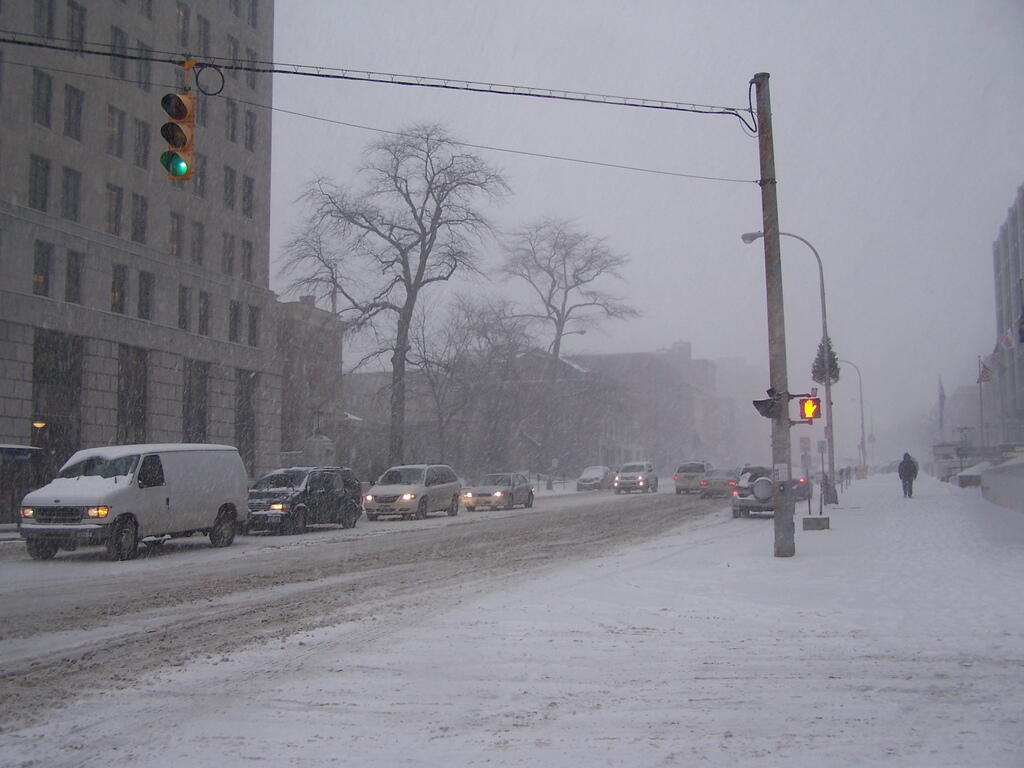The Doomsday Glacier
But Christianson and his colleagues were not just ice geeks mapping the hidden topography of the planet. They were mapping a future global disaster. As the world warms, determining exactly how quickly ice melts and seas rise may be one of the most important questions of our time. Half the world’s population lives within 50 miles of a coastline. Trillions of dollars of real estate is perched on beaches and clustered in low-lying cities like Miami and New York. A long, slow rise of the waters in the coming decades may be manageable. A more abrupt rise would not be. “If there is going to be a climate catastrophe,” says Ohio State glaciologist Ian Howat, “it’s probably going to start at Thwaites.”

